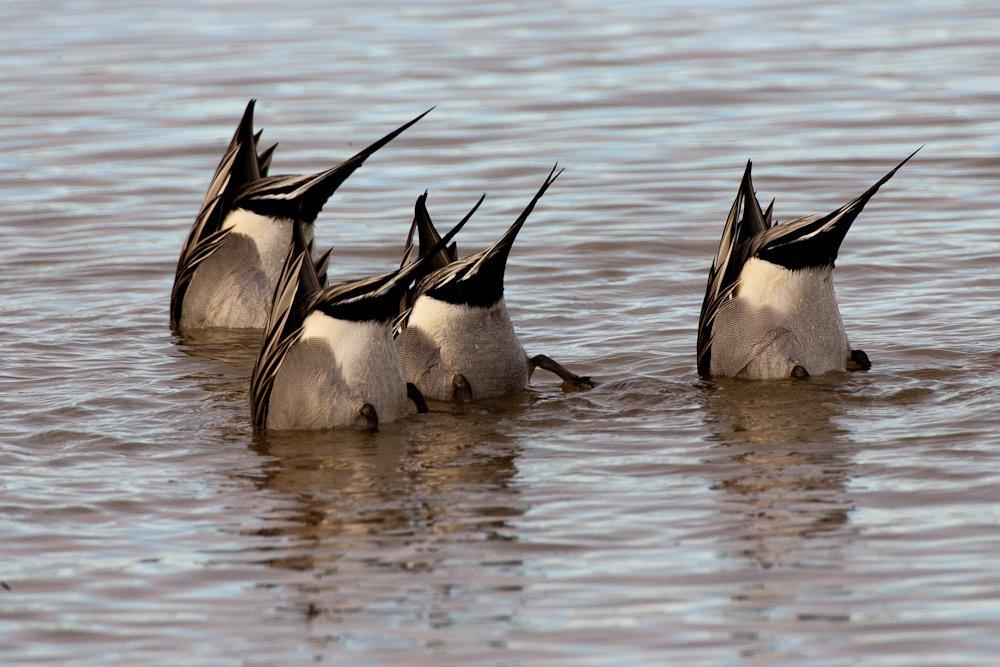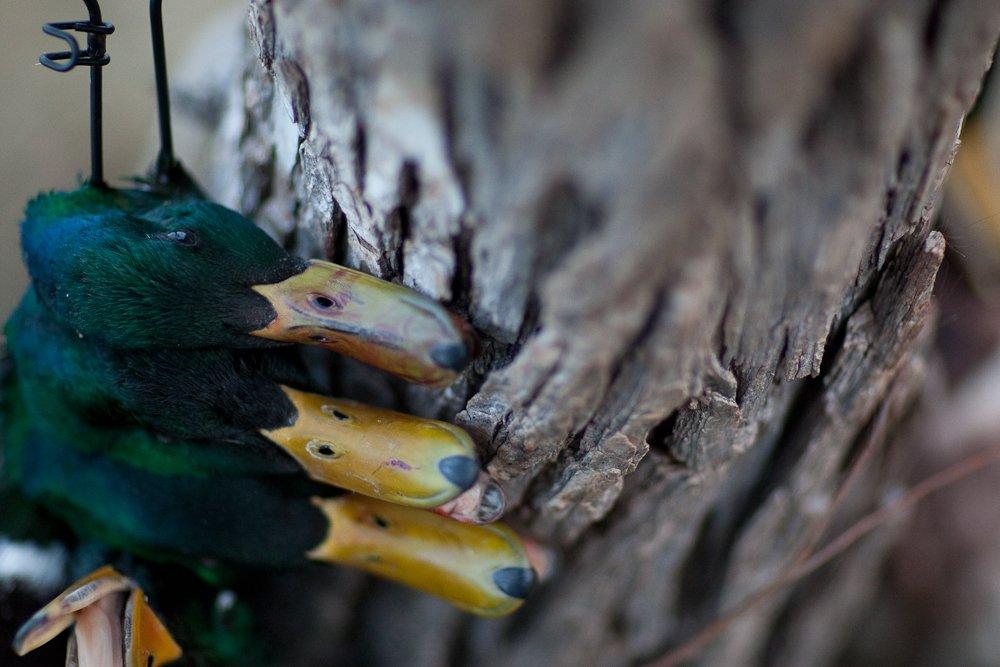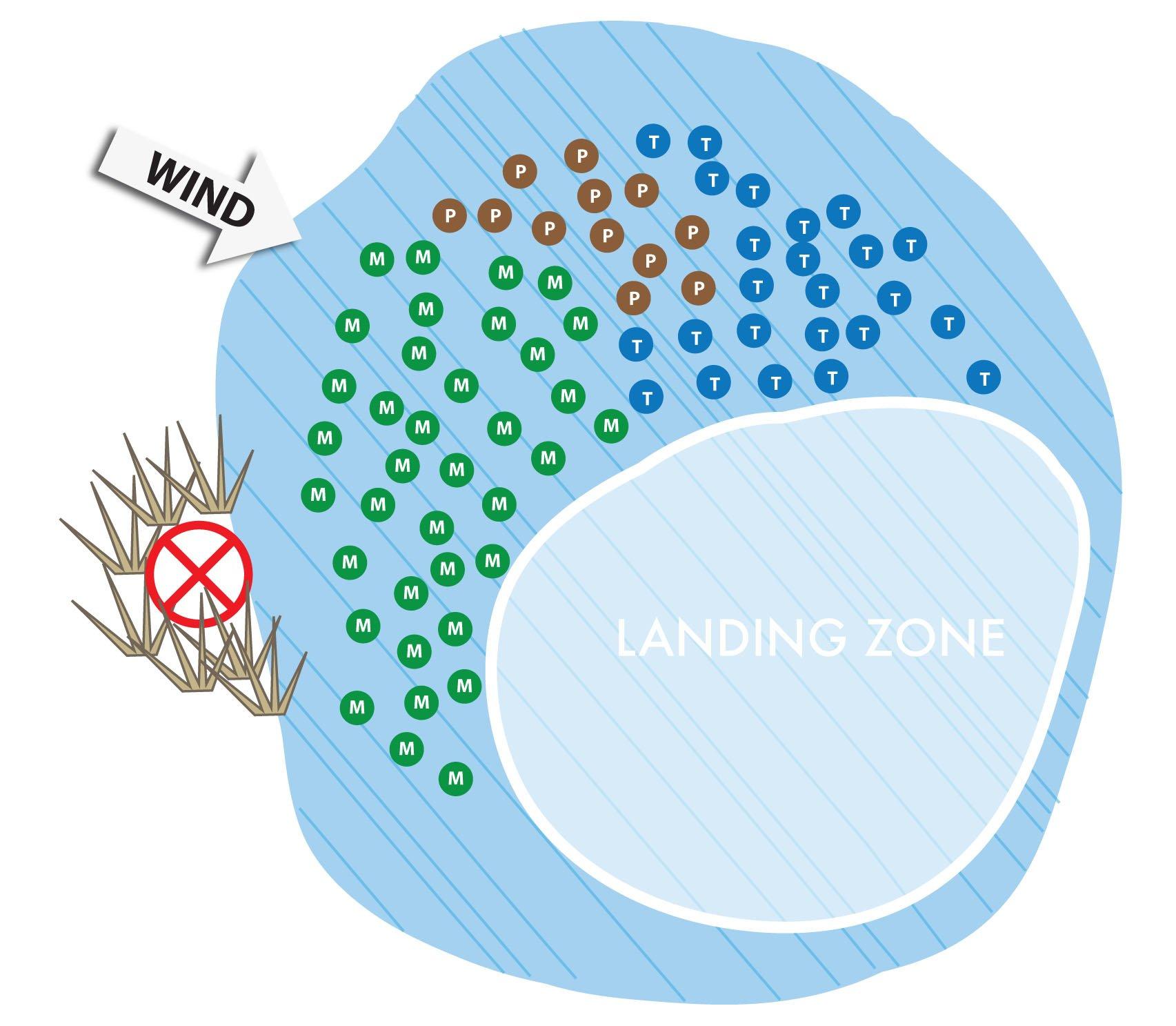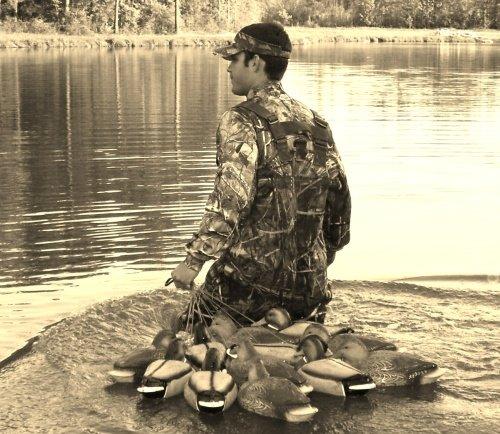Ready for Waterfowl Season: Part 2
Here is more great stuff from the Realtree Flyway Reporters to help you prepare for duck season—calling, shotguns, scouting, blinds, decoys and eight reasons why duck hunters are more hardcore than deer hunters.

As this package came together and some of us were both polishing decoys and shooting bows, the question was asked: Who's more hardcore—a duck hunter or a deer hunter?
The answer was unanimous. There's a chance, since we are the Flyway Reporters, that we're a little biased. But we're going with the waterfowl hunters, and here's why. Deer hunters, there's a comment section below. Feel free to chime in and argue.
- Waterfowl hunting gets better when the weather gets worse. Do you enjoy sitting in a deer stand when it's 10 degrees with a 25-mph north wind? Didn't think so.
- Waterfowl hunters need more gear. When you get down to it, some warm camo, a rifle or bow, and a spot to sit are about all that's needed to kill a deer. But a goose hunter might haul his gear, every morning, with a trailer. A duck hunter needs plenty of decoys. And a boat. And a blind. And a shotgun. And calls. And a pair of waders. And a waterproof coat. And a dog. And stuff to fix the decoys, boat, blind and shotgun. And a vest for the dog to wear.
- Waterfowl hunters get up earlier. With few rare exceptions.
- Waterfowlers put in more physical effort. You don't see many fat public-land timber hunters.
- Deer hunters hang cameras for their scouting. Waterfowlers drive 500 miles a week by truck and boat to do theirs.
- Ever seen a deer hunter lay on his back in the mud all day, perhaps with steady rain pelting him in the face, to get a shot? I haven't. Waterfowl hunters just deal with a constant degree of filth as a byproduct of working in muddy places. The mud we consider normal would ruin a deer hunter's cute little carbon suit.
- High volume. Duck season doesn't let you off the hook just because you tag out. Fill a limit one day, and you're back out the next.
- Tough shooting. If everything goes right, even a novice rifle shot can kill a deer. Champion shotgunners routinely miss decoying mallards.
The list could go on, but it'd probably make the deer hunters really whine, and that could get me fired. So, for now, we'll just jump right into the rest of the feature—more strategic decoy spreads, more great duck gear and more lessons learned the hard way from last season. Enjoy part two of our feature (and click here to read part one).
- Joe Balog, Realtree.com waterfowl editor
FROM THE CENTRAL AND PACIFIC
Reporter: Brian Strickland
Location: Colorado Springs, Colorado
Strickland's Favorite Spread
I do most of my waterfowling in Colorado and Oklahoma, and the season begins from late September to early October, depending where I'm hunting. The areas I hunt are usually ponds and marshes and for the most part, I shoot a mixed bag of resident gadwalls, teal, mallards and wigeon.
With this in mind, my decoys consist of the above species, and because the waters I tend to hunt are relatively small (2 acres at the most), I use five to seven decoys of each species, unless it's a smaller pothole, and then I'll scale down to three to five of each. Early season ducks don't tend to congregate in large groups around here, so I set the decoys over a wider area, keeping the specific decoys in their family groups. Within the family groups I set the blocks pretty loose, approximately 3 feet apart and leave about 12 to 15 feet between each family group. Not only does this give the flyers a more realistic look, but it also creates multiple landing zones.
Strickland's Essential Gear
Slotted Decoy Bag
I think it's essential to keep decoys looking good whether I'm hunting early or late in the season, so the last couple of years I've relied on slotted decoy bags to help with that. Although these are considerably more expensive than the typical mesh bags, the time and effort I save in painting, cleaning and storing my blocks, as well as keeping them in top shape, is worth it in the long run.

Although often overlooked, a good pair of binoculars is a must for any serious waterfowler. A good pair of optics will show two things: what species of ducks you will be hunting and exactly where the X is. Being off 100 yards can spoil a potentially great morning in the duck blind.
Neoprene Vest Chest Protector
Not only do I try to use quality gear for myself, but I also do my best to make sure my faithful, hard-working Lab, Redd, is comfortable. Cabela's 5mm Neoprene Vest with Armor-Flex Chest Protector has done an excellent job keeping my dog safe when he dives into the thickest cover looking for a wounded duck.
Lessons from Last Year

First thing, get out early! It seems I'm late to the blind on my first trip out, every season, and end up setting decoys just as the sun's rising. Of course this can be the best 20 to 30 minutes of the hunt.
Also, don't be afraid to think outside the box. Often times we zero in on a certain way of doing things because, it's always worked before, when in reality, it hasn't. It doesn't take too many times in the duck blind to know things rarely go as planned. For instance, over the years I have hunted a particular wet spot in southwest Oklahoma that I pretty much had figured out. It didn't take much to throw in a couple dozen blocks in a simple spread and have an opportunity at a limit. However, hunting pressure from the neighboring property threw a wrench in that go-to blind, and after a couple of trips with few shots, but lots of high-flying ducks, I tweaked my spread and its position just a little. I soon had some greenheads coming in.
What Sets Strickland Apart
If there is one thing that I think I do well, it would be scouting. I think this is an important aspect of duck hunting that is often overlooked, and the lack of it has led to many weightless duck straps. It seems simple enough to do, but many fail to do it properly, or at all. Regardless of whether it's scouting from a boat, road or bushwhacking along a creek looking for that hidden pot of duck gold, it's something that I do prior to the season when I'm looking for new spots and during the season to see exactly where ducks are working. It's really all about spending time in the field with a good pair of binoculars and learning exactly where to throw your decoys.

FROM THE SOUTHERN MISSISSIPPI
Reporter: Jimbo Robinson
Location: Memphis, Tennessee
Jimbo's Favorite Spread

Jimbo's Essential Gear

This is the ultimate in decoy motion and the key to successful duck hunts, whether in the rice fields or flooded timber. I never leave the truck without mine and even keep one in my backpack and blind bag so I am never without motion on a windless day. I am always looking for compact but useful gear, and this one fits in the corner of my blind bag and even in the pocket of my jacket.

I pick up and put out decoys every day, and sometimes I need to do it very quickly. There is nothing better than this decoy rigging system that never tangles and is easy to haul in and out of the field.
Beretta Xtrema
From being dropped in the water, to being a boat paddle when the engine failed, my gun has never once failed to shoot. I am not a guy who cleans my gun often throughout the season, and I don't have to because this gun always shoots when I pull the trigger. It won't be replaced until it falls apart.
Lessons from Last Year
Last season, I learned a valuable lesson about moving to different spots in the field, away from the pit, to where the ducks wanted to be. As I look over my waterfowl journal from the past season, I see a lot of days where there were tons of birds in the area, but we were not filling out daily limits. I tend to get too complacent with hunting out of the pit instead of setting up along the levee in layout blinds where ducks are hitting a hot spot. This season I look to being more mobile around a certain field and hunting the areas where ducks are lighting to feed.
What Sets Jimbo Apart
I think the one thing that sets me apart from other hunters is my emphasis on concealment with natural brush and simple calling. We hunt in an area of Arkansas where hunting pressure is very high, and we have to set ourselves apart.
When I walk into the timber, I like to stand on a tree that matches the camouflage I am wearing. I don't like to wear face masks or gloves, so I will paint up my face and backs of my hands so that the color of my skin is not bright in the dark, natural colors of the timber.
Too many times I will hear hail calls and lots of quacks that don't have a rhythm, or calling that is so aggressive it makes the birds shy away. I like to keep my calling simple and talk with the birds I am looking to work. If they are vocal, I will call more aggressively than if they are not quacking at all. Lots of feeding chuckles and simple quacks seem to work very well for me, and I think this sets me apart from others.









